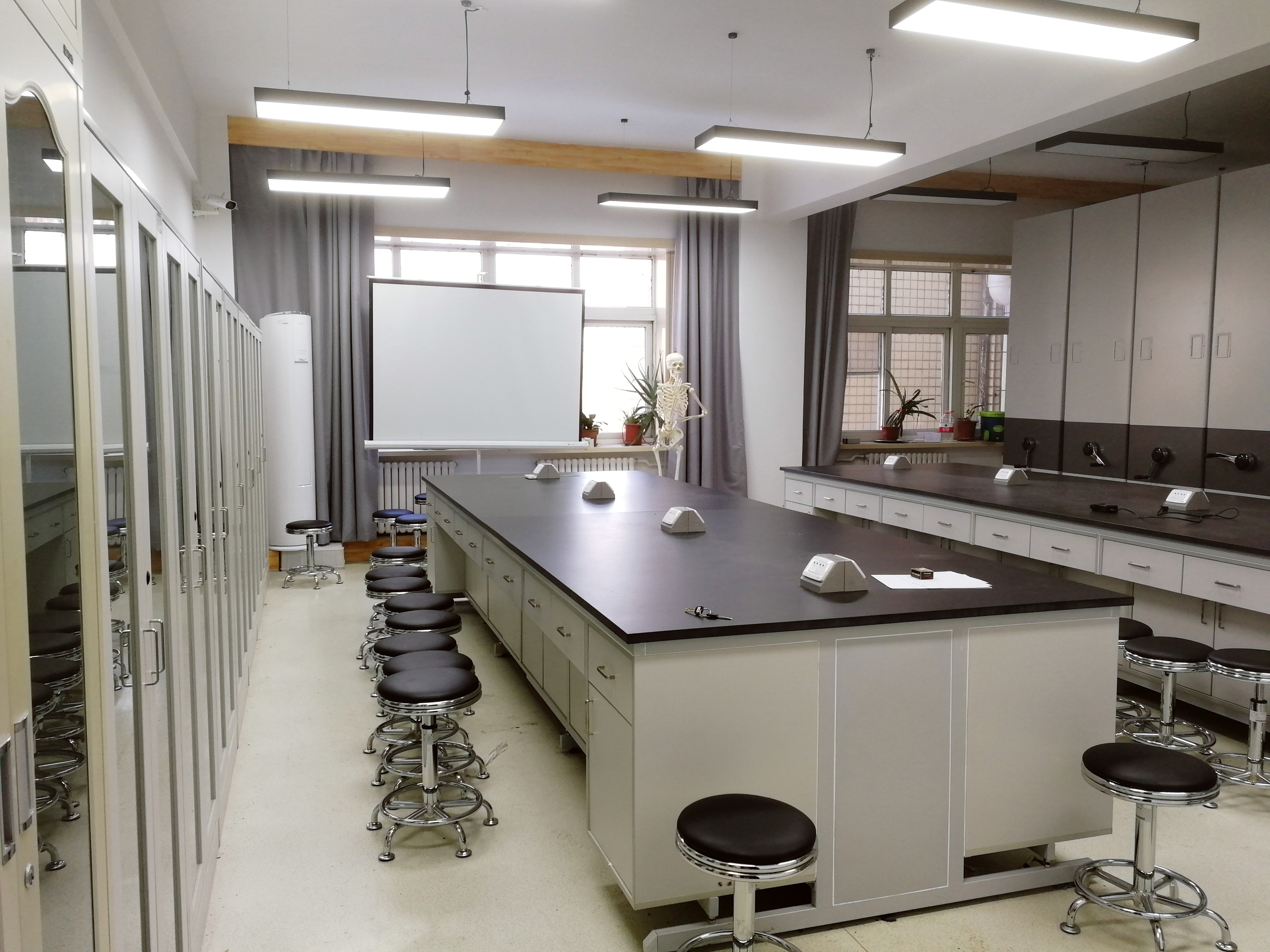The zooarchaeology laboratory was established in 1999. It is a comprehensive laboratory integrating undergraduate teaching, graduate training and scientific research. The head of the laboratory is Professor Chen Quanjia. The laboratory has more than 40,000 ancient animal bone specimens and more than 100 modern animal bone comparison specimens. It is equipped with more than 20 teaching equipments such as stereo microscopes, computers, LCD TVs, and several conventional observation and measuring instruments.

This laboratory is mainly responsible for the experimental teaching of the undergraduate course "Zooarchaeology", including experimental projects such as species identification, bone tool simulation production, animal anatomy, modern animal bone specimen production, and bone surface trace analysis. At the same time, it also provides a platform for independent innovation experiments of undergraduates, professional training of graduate students and academic research of teachers.
In recent years, the laboratory has studied animal remains unearthed from dozens of sites in Jilin, Heilongjiang, Inner Mongolia, Henan, Shanxi, Hubei, Yunnan and other provinces, and has undertaken a number of provincial and ministerial scientific research projects and school-level research projects.1 monograph on zooarchaeology and more than 20 papers were published. The lab compiled textbooks for undergraduate experimental teaching as well.

The laboratory also maintains close academic exchanges with School of Archaeology and Culture of Peking University , the Institute of Vertebrate Paleontology and Paleoanthropology of the Chinese Academy of Sciences, the Archaeological Research Center of Science and Technology of the Institute of Archaeology, Chinese Academy of Social Sciences, and relevant scientific research institutions in Russia, Japan, South Korea, Australia and other countries.
In order to adapt to the trend of the development of archaeology, the laboratory will continue to increase the breadth and depth of interdisciplinary in personnel training and scientific research, and build the laboratory into a domestic first-class animal archaeology laboratory.